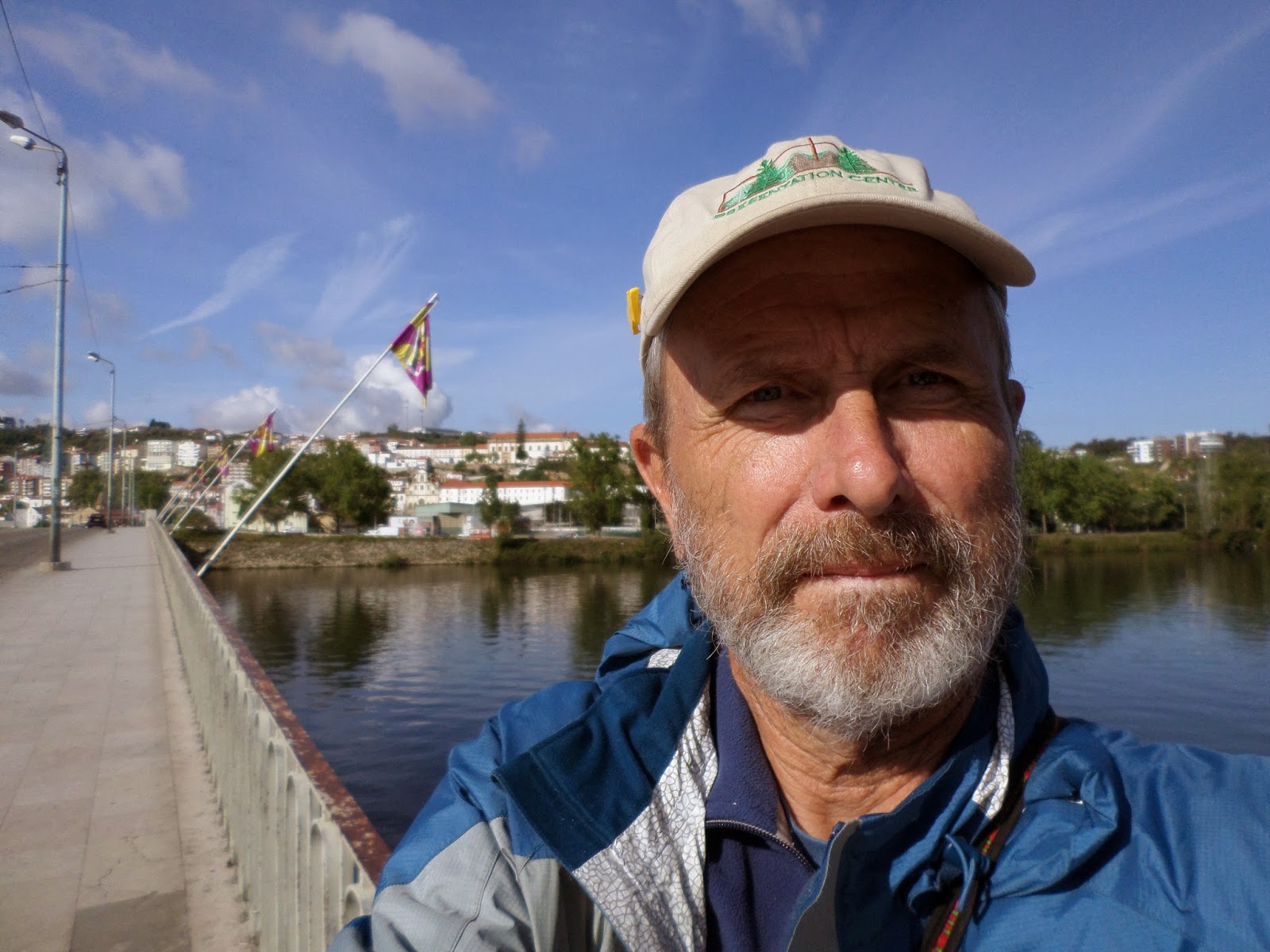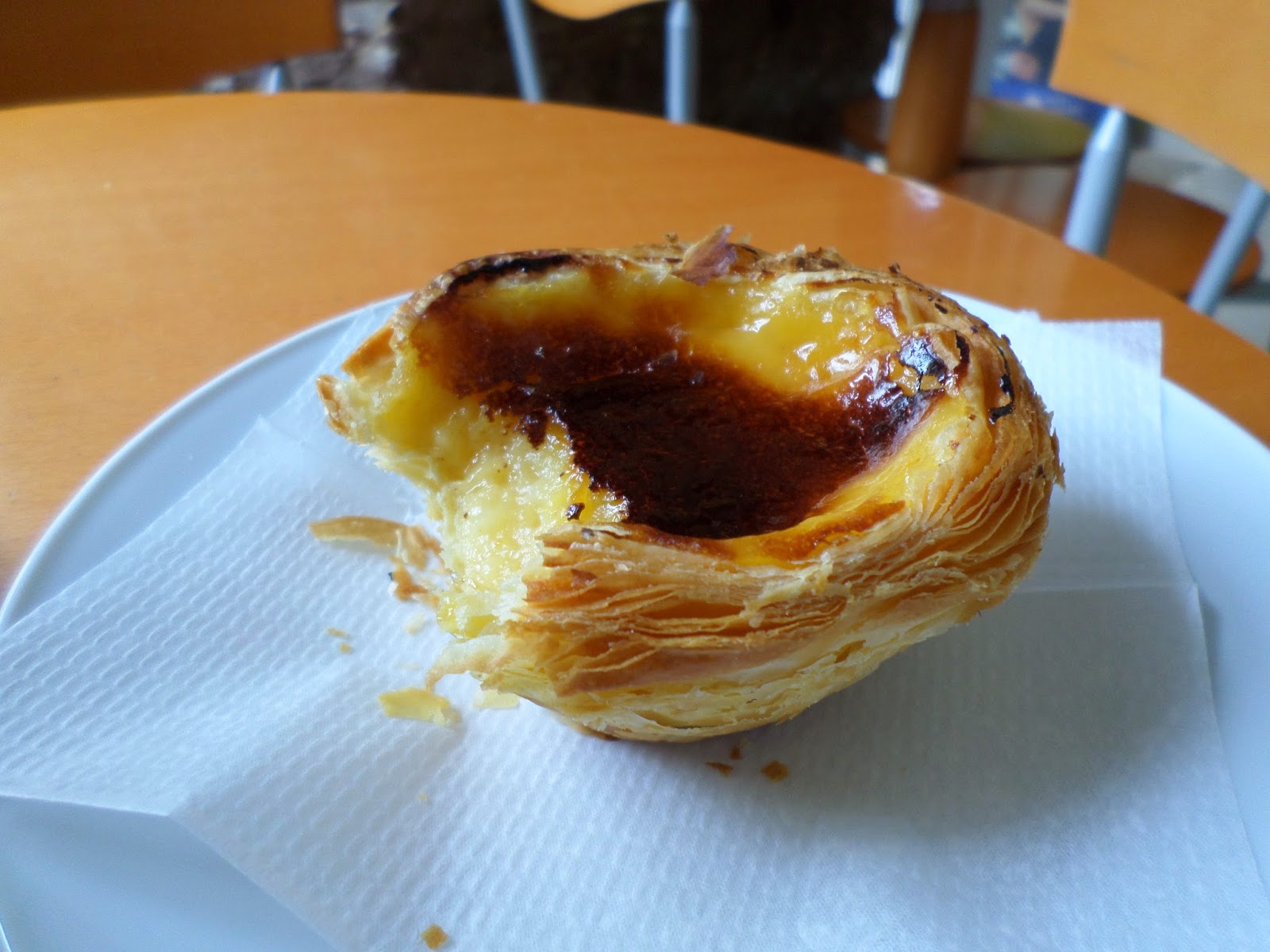Tomar is a beautiful small city full of sidewalk cafes and lots of young people and families. My interest here is that the Knights Templars in Portugal chose Tomar as their base of operations. But I'm already ahead of the story. The first Crusade to the Holy Land was announced in 1095. The purpose was to secure European control over the most important sites in Catholic history. The effect was immediate - the battles were won, European-style kingdoms were created and pilgrims started traveling to Jerusalem. The way was long and dangerous and so a Frenchman named Hugh Payens, St. Bernard and the Pope created a special religious order, soldier-monks. Their job was to protect pilgrims and keep the holy sites from being recaptured by the Muslims.
Probably, most of what we know about the Templars is mythology and popular fiction. By all accounts, they were ferocious warriors but were also pious and illiterate young unemployed knights from Europe. At their peak, their membership was nearly 20,000, only about 10% of which were soldiers. This lead to their eventual destruction.
Many wealthy pilgrims let the Templars manage their property while they were in the Holy Land. Others simply deeded their property to the Order when they died. The Templars created one of the first banking systems in Europe. A prospective pilgrim would deposit a sum of money with the Templars in, say, Paris and receive a letter of credit that could be presented at Templar houses along the way and the bearer would receive cash. A 12th century ATM. In short, the Templars became wealthy and many a king and Pope coveted all that gold. The Crusades ended around 1280 and the end of the Knights Templars came soon after but I'll save that story for tomorrow.
This is the street leading to the plaza and the Templar castle is on the hill above the city.
The Convento do Cristo was the Templar church. Like everything in Europe, the architecture can read in layers. Every new style was added to a building like this one which at it's roots is 12th century. A sure sign of Templar influence is an octagonal shaped sanctuary, copying the Church of the Holy Sepulcher in Jerusalem.
Both the inner and outer structures here are octagonal. This room is filled with unusual church images. Instead of the usual saints, there are many men wearing turbans. The decoration on the columns is gold-leaf.
Scallop shells and a painted on pulpit mirroring the real pulpit opposite.
Over time, the Templars became almost entirely a monastic order and this entire site became a monastery. This is one of at least seven cloisters that were built. There is one entire cloister that was used by Santiago pilgrims and other travelers.





















































